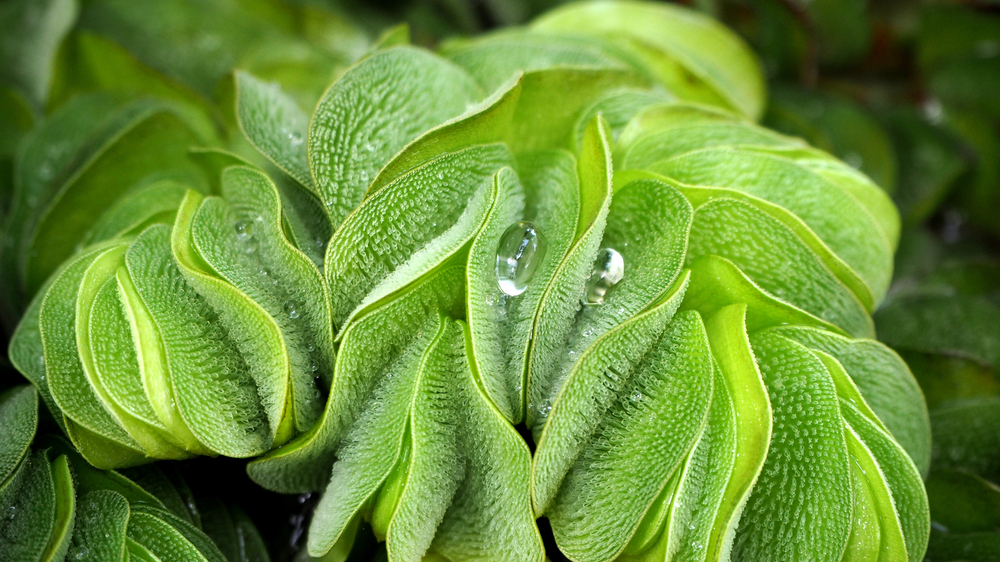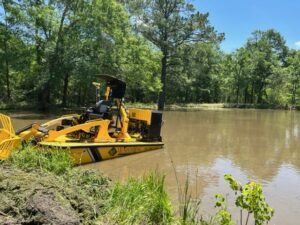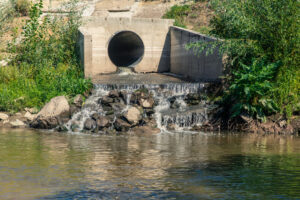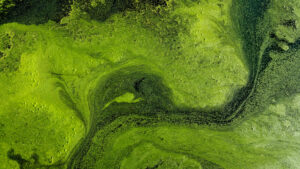At Waterline, we deal with a lot of invasive aquatic plants in the texas area. But what are the most common invasive plants that we work with regularly? Let’s take a look at the most common invasive aquatic plants in Texas.
What are the most common types of invasive aquatic plants in texas that need to be removed?
While there are hundreds of invasive species and plants in Texas, we want to talk about the most common ones we deal with as an aquatic weed removal company. Each of these plants is not native to Texas and harms the ecosystem of our lakes and ponds.
What are some of the most invasive aquatic plants in Texas? Learn what those plant species are and how Waterline can help you maintain them in your lake. Share on X- Alligator Weed
- Giant Salvinia
- Crested Floating Heart
- Common Water Hyacinth
1) Alligator Weed
Alligator weed is an invasive plant originally from South America and is often found in fresh, slow-moving water. According to the Texas A&M Agrilife Extension, “This species initially roots in wet soil on banks, or in shallow water, then grows out into waterways, spreading rapidly during the warmer months.”
This plant species makes it difficult for other wildlife to access the shoreline, and it is not a good source of nutrition for the lake’s ecosystem. This plant is difficult to remove as it can propagate from any stems or roots left behind, but it can be maintained with consistent trimming.
2) Giant Salvinia
One of the most invasive species of plant is the giant Salvinia plant. This is one of the fastest-growing invasive species in the Texas area. It blocks sunlight for other native plants and because of how fast it populates, it will push out the plants that provide nutrition to the surrounding ecosystem.
One of the best ways to remove this invasive plant without chemicals is to rake through your lake or pond to remove it. With this method, it is important to be sure whoever does this for you is extremely thorough as Salvinia can come back if anything is left behind.
3) Crested Floating Heart
Another invasive plant that is often found in Texas is the crested floating heart. These plants are normally found in the Northern part of the United States, and they stay in calm bodies of water. While these plants are beautiful, they block sunlight from any of the vegetation underneath their leaves.
These plants are better controlled by chemical means, but they can also be controlled with regular maintenance as well.
4) Common Water Hyacinth
Finally, the common water hyacinth is extremely invasive. If left unchecked, it will completely take over any body of water it is inhabiting. As with these other plants, the best way to control this type of plant is by prevention. But if you already have it, this plant can be managed with consistent maintenance.
Waterline Can Help
All of these plants can be maintained with consistent pond management. Waterline is here to help you with that through mainly mechanical needs.
Contact us to learn more about what we can do for you and your body of water.



